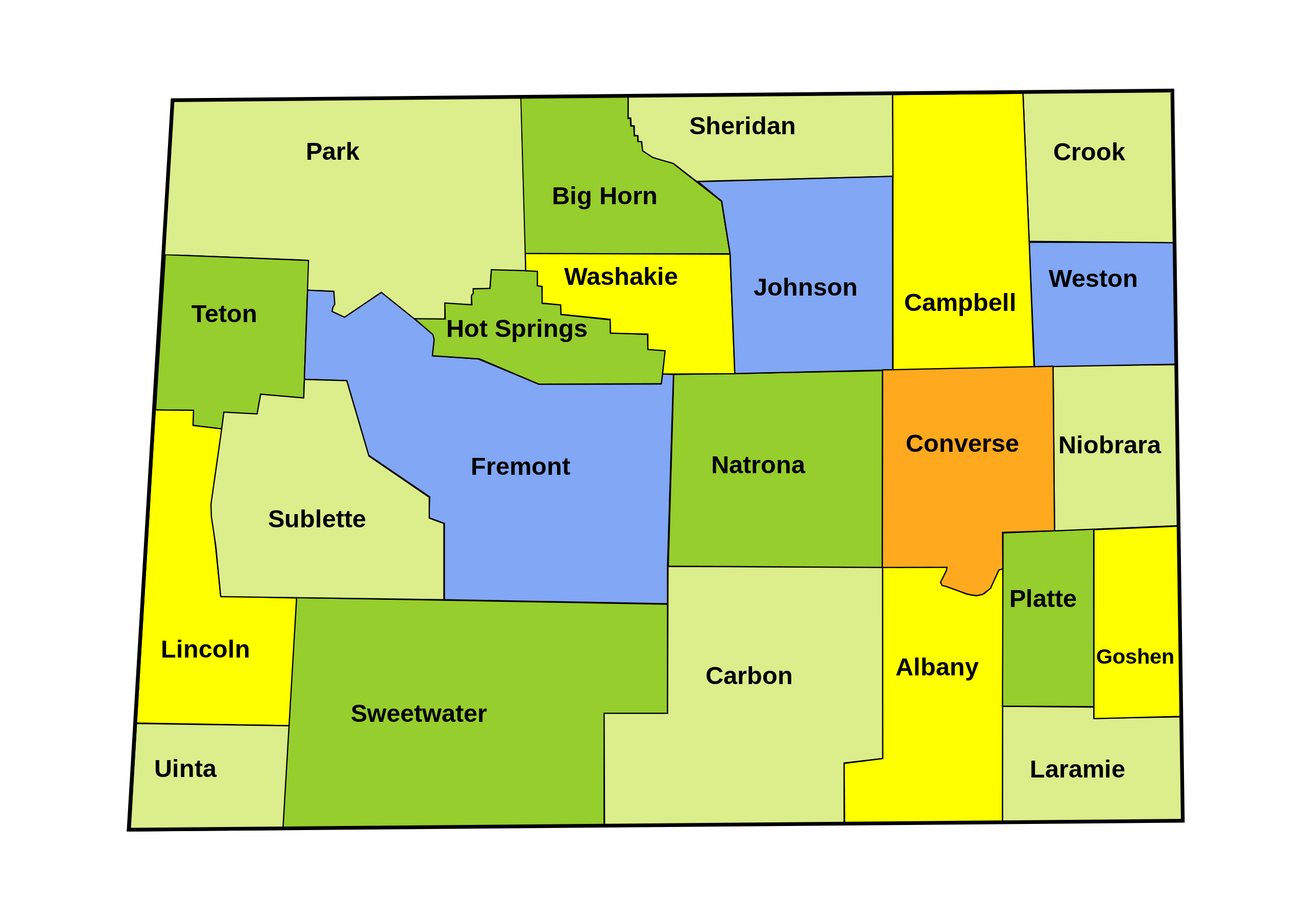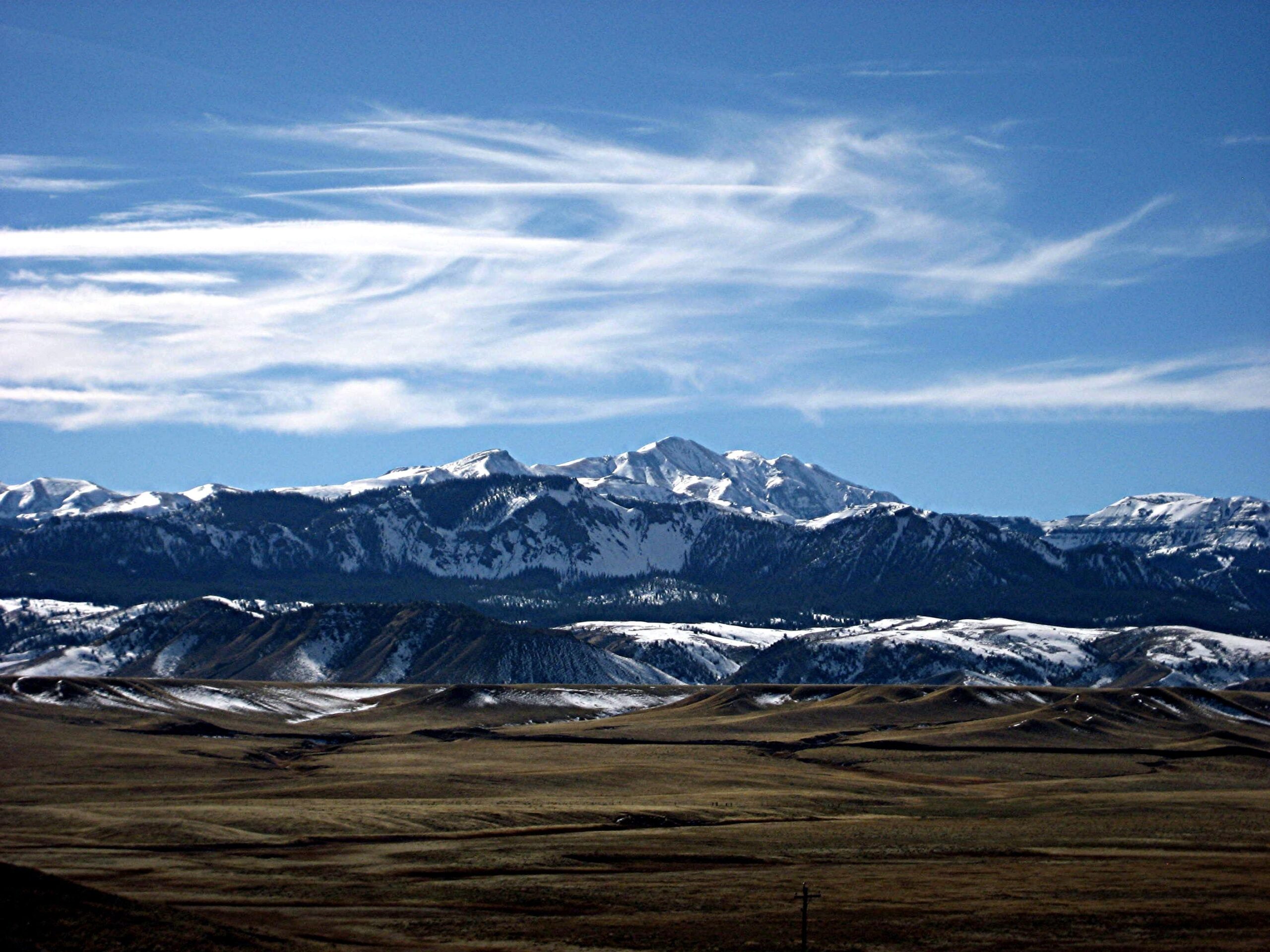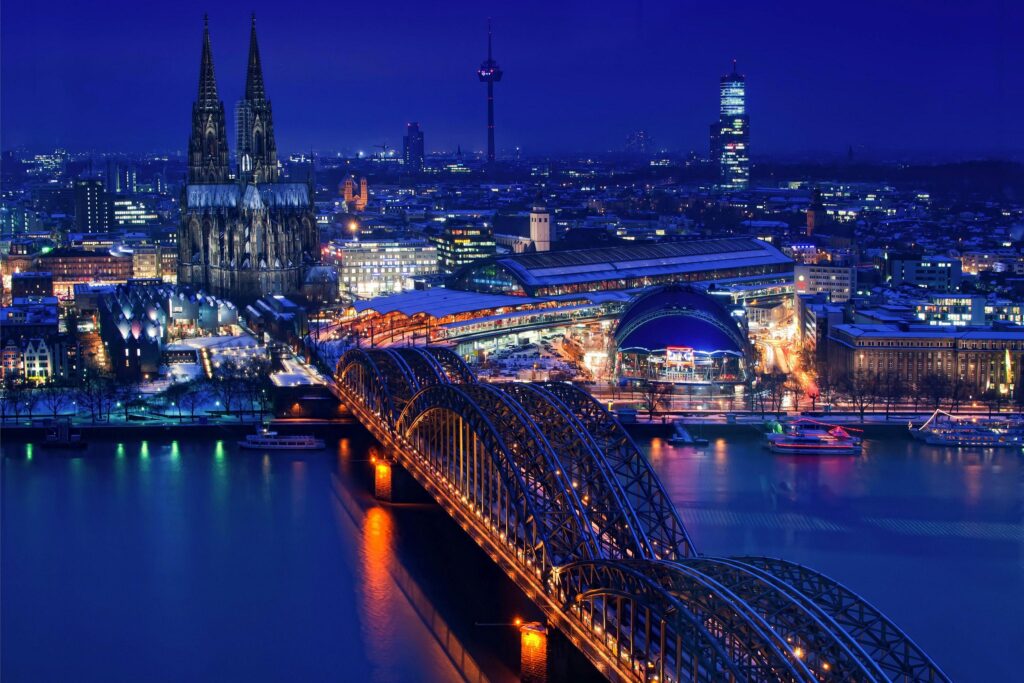Introduction to Wyoming
Located in the western United States, Wyoming is renowned for its stunning natural landscapes, including Yellowstone National Park and the Grand Tetons. This guide delves into the state’s rich history, diverse geography, and vibrant culture.
Geography and Topography
Overview of Wyoming’s Geographical Features
Wyoming encompasses diverse terrain, from the Rocky Mountains in the west to the High Plains in the east. It features iconic landmarks such as the Yellowstone Caldera, Bighorn Mountains, and the Snake River.
Mountain Ranges, Rivers, and Natural Landmarks
The state is home to several mountain ranges, including the Wind River Range and the Absaroka Range, which offer prime hiking and climbing opportunities. Major rivers like the Yellowstone, Snake, and Green River flow through Wyoming’s picturesque landscapes.
History of Wyoming
Native American Tribes and Early Explorations
Before European settlement, Wyoming was inhabited by Native American tribes such as the Shoshone, Crow, and Arapaho. Explorers like John Colter and Jim Bridger traversed the region in the early 19th century, paving the way for fur trappers and settlers.
Settlement and Statehood
Wyoming became a territory in 1868 and achieved statehood on July 10, 1890, becoming the 44th state of the Union. The state played a significant role in the expansion of the transcontinental railroad and the development of the cattle industry.
Economy and Industry
Agriculture, Mining, and Energy Sectors
Wyoming’s economy relies heavily on agriculture, particularly livestock and hay production. The state is also a leading producer of coal, natural gas, and uranium, contributing significantly to the nation’s energy resources.
Tourism and Outdoor Recreation
Tourism is a major economic driver, with millions of visitors drawn to Yellowstone National Park, Grand Teton National Park, and Devil’s Tower National Monument each year. Outdoor enthusiasts flock to Wyoming for skiing, hiking, fishing, and wildlife viewing.
Culture and Society
Demographics and Population Trends
Wyoming has a population of over 570,000 people, with Cheyenne as its capital and largest city. The state’s demographics include a significant Native American population and a growing Hispanic community.
Native American Heritage and Cultural Influences
Native American traditions and cultures continue to influence Wyoming’s identity, celebrated through events like the annual Eastern Shoshone Indian Days Powwow and cultural sites such as the Wyoming Indian Paintbrush.
Wyoming Maps
Political Map of Wyoming
Wyoming’s political map outlines its 23 counties and major cities, including Casper, Laramie, and Sheridan. The state capital, Cheyenne, serves as a hub for government and commerce.
Topographic and Geological Maps
Topographic maps detail Wyoming’s elevation changes, highlighting mountain ranges, valleys, and plains. Geological maps illustrate the state’s rich mineral deposits and geological formations.
Interesting Facts about Wyoming
Unique Landmarks and Natural Wonders
Wyoming is home to the world’s largest mineral hot spring, Thermopolis, and the oldest national park, Yellowstone, established in 1872. The state boasts the lowest population density in the continental United States.
Famous Residents and Contributions to History
Notable figures from Wyoming include Buffalo Bill Cody, famed for his Wild West shows, and Nellie Tayloe Ross, the nation’s first female governor. Wyoming was also a pioneer in granting women the right to vote.
Travel and Tourism
National Parks and Wildlife Refuges
Wyoming’s national parks, including Yellowstone and Grand Teton, offer unparalleled opportunities for outdoor exploration and wildlife viewing. The state’s numerous wildlife refuges protect diverse species such as bison, elk, and pronghorn.
Outdoor Activities and Scenic Drives
Outdoor enthusiasts can enjoy skiing in Jackson Hole, hiking in the Wind River Range, or fishing in the North Platte River. Scenic drives like the Beartooth Highway and the Bighorn Scenic Byway showcase Wyoming’s natural beauty.
Conclusion
Wyoming’s natural wonders, rich history, and vibrant culture make it a captivating destination and a unique place to live. As the state continues to evolve, its commitment to preserving its heritage and natural resources ensures a promising future for generations to come.
What are 5 facts about Wyoming?
Wyoming is the least populous state in the United States, known for its wide-open spaces and low population density. It was the first state to grant women the right to vote in 1869. Yellowstone National Park, located primarily in Wyoming, was the world’s first national park. The state boasts the largest herd of wild horses in the U.S. and is home to the famous Yellowstone supervolcano.
Why is Wyoming famous?
Wyoming is famous for its stunning natural landscapes, including Yellowstone and Grand Teton National Parks. It’s also known for its rich history of ranching and cowboy culture, exemplified by events like Cheyenne Frontier Days, the largest outdoor rodeo in the world.
What state is Wyoming known as?
Wyoming is known as the “Equality State” because it was the first state to grant women the right to vote and hold public office.
Is Wyoming rural or urban?
Wyoming is predominantly rural. It has a sparse population spread across its vast expanses of land, with most residents living in small towns or rural areas.
What is the climate in Wyoming?
Wyoming has a semi-arid continental climate with cold winters and warm summers. Temperatures can vary greatly between day and night due to its high elevation. The state experiences relatively low humidity and receives moderate precipitation.
What is the largest city in Wyoming?
Cheyenne is the largest city in Wyoming, serving as the state capital and a major hub for government, commerce, and culture.
What type of region is Wyoming?
Wyoming is classified as part of the Western United States region. It is characterized by its mountainous terrain, expansive plains, and rugged landscapes.
What type of land is Wyoming?
Wyoming features diverse landforms, including mountain ranges like the Rockies and the Absarokas, vast plains such as the Great Plains in the east, and geological wonders like Yellowstone’s geysers and hot springs.
Is Wyoming a plain or desert?
Wyoming is primarily known for its plains, especially in the eastern part of the state where the Great Plains extend into Wyoming. It also has desert regions in the southwestern part of the state, such as the Red Desert and the Great Divide Basin.
How many towns are in Wyoming?
Wyoming has numerous towns and cities scattered across its expansive territory. While exact numbers may vary due to definitions and classifications, there are over 500 incorporated towns and cities in Wyoming, ranging from small rural communities to larger urban centers like Cheyenne and Casper.
- The Largest Stadiums In The United States - September 9, 2024
- 10 Best Lake Towns To Retire In The US - September 9, 2024
- 10 Largest Cities In Alabama - September 9, 2024





